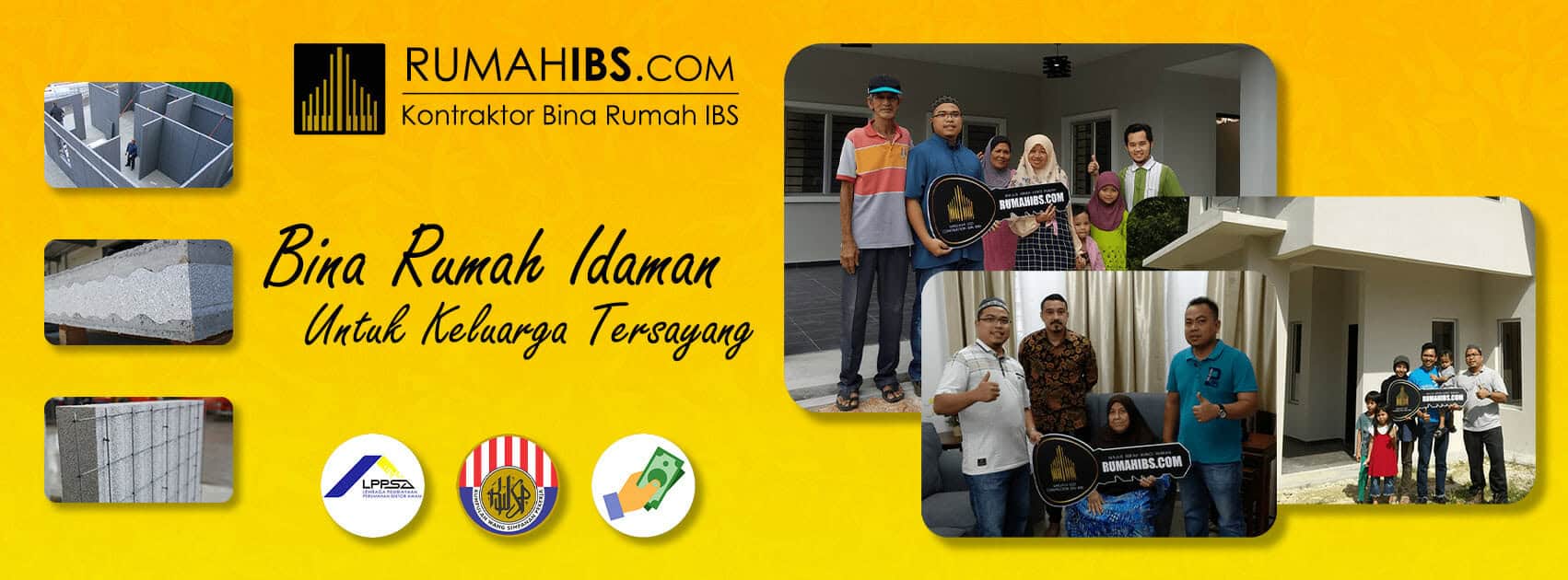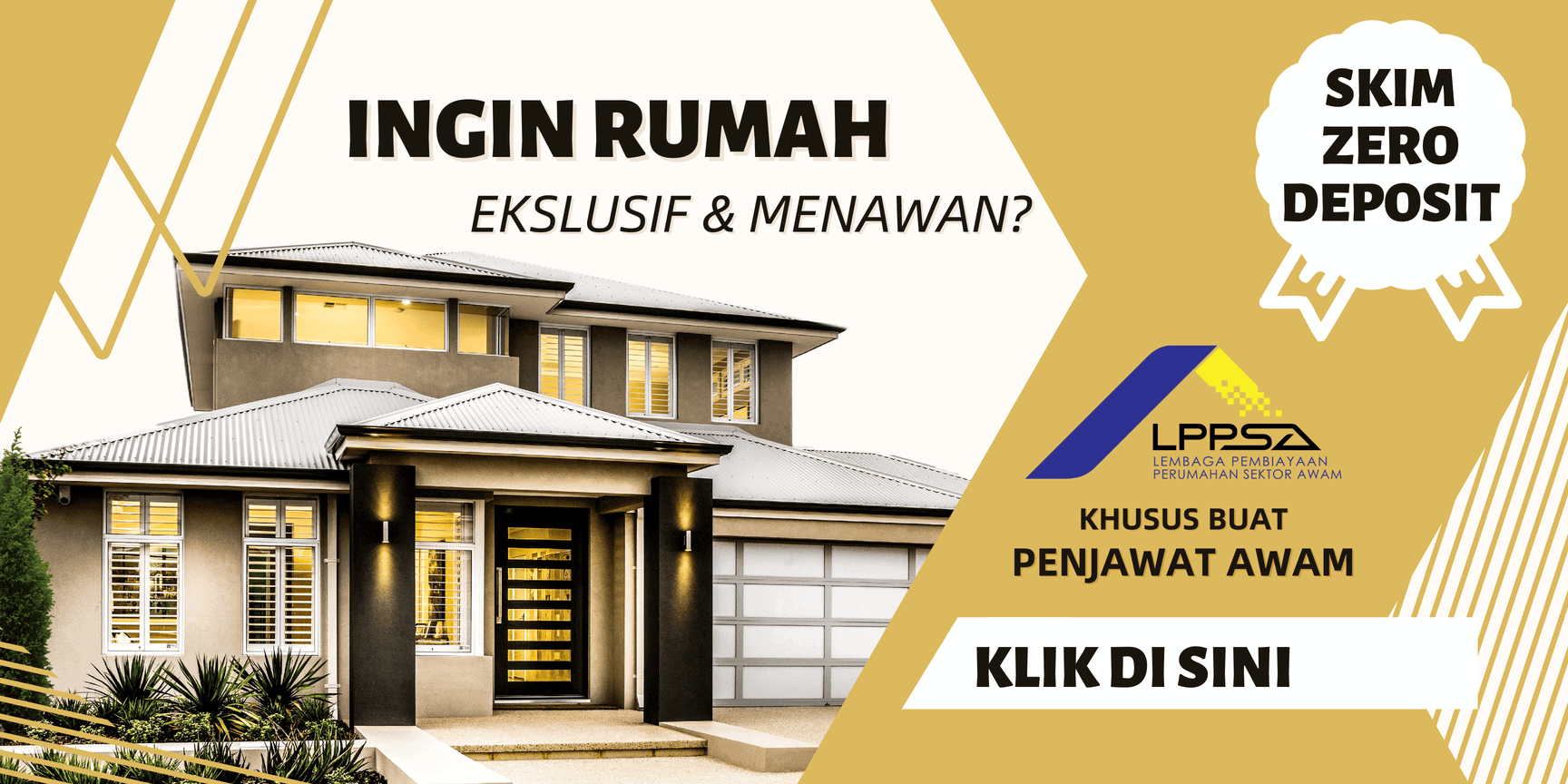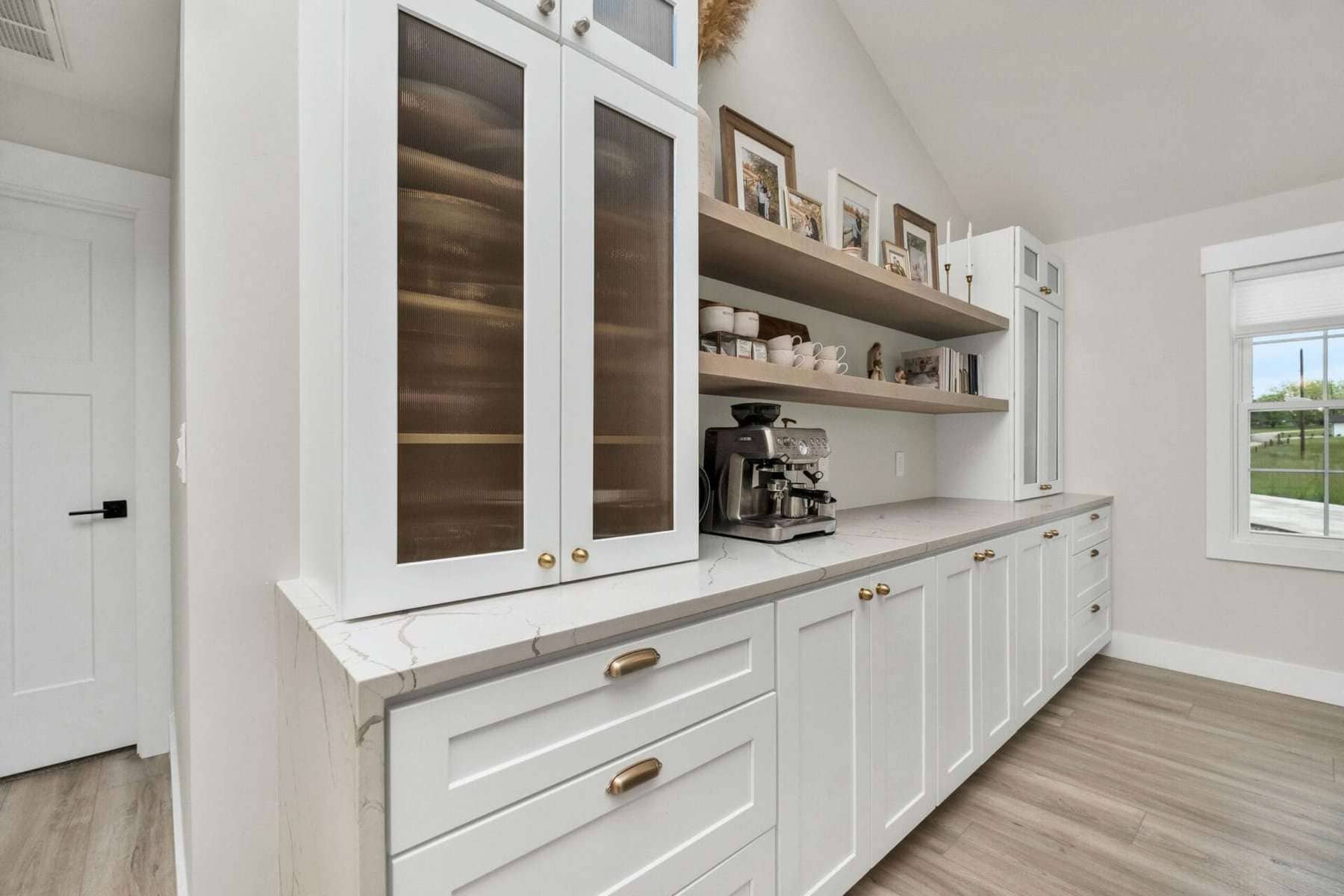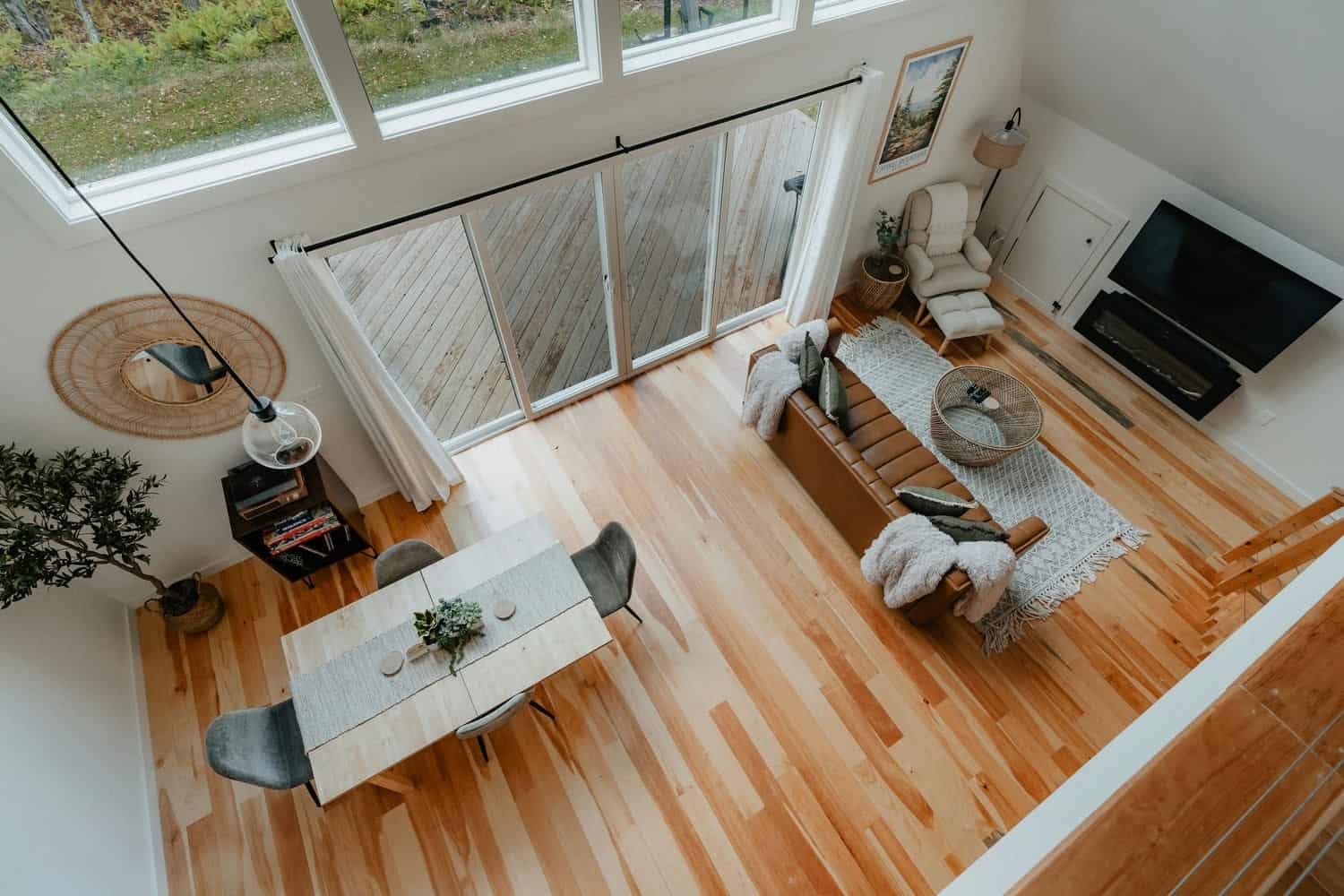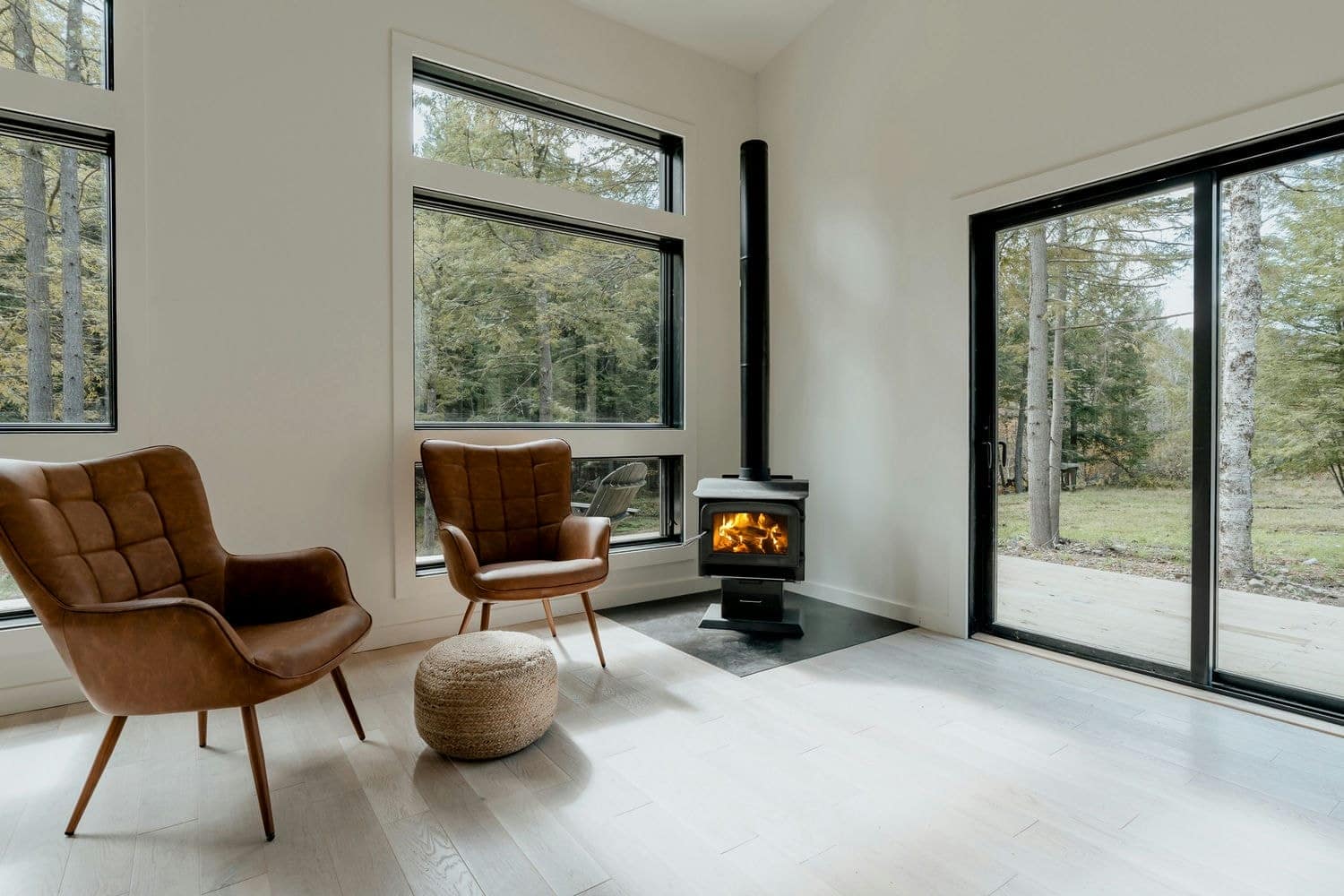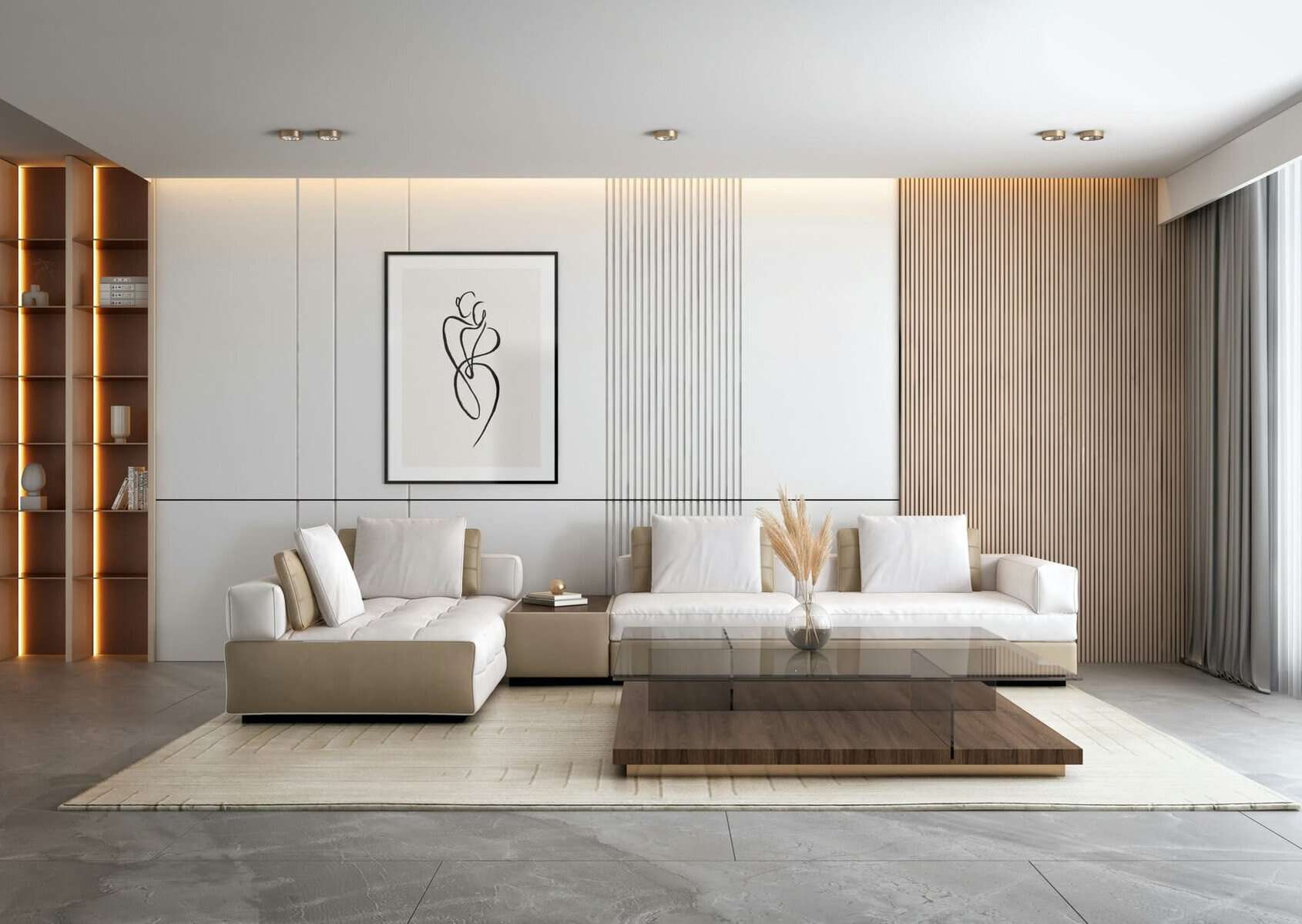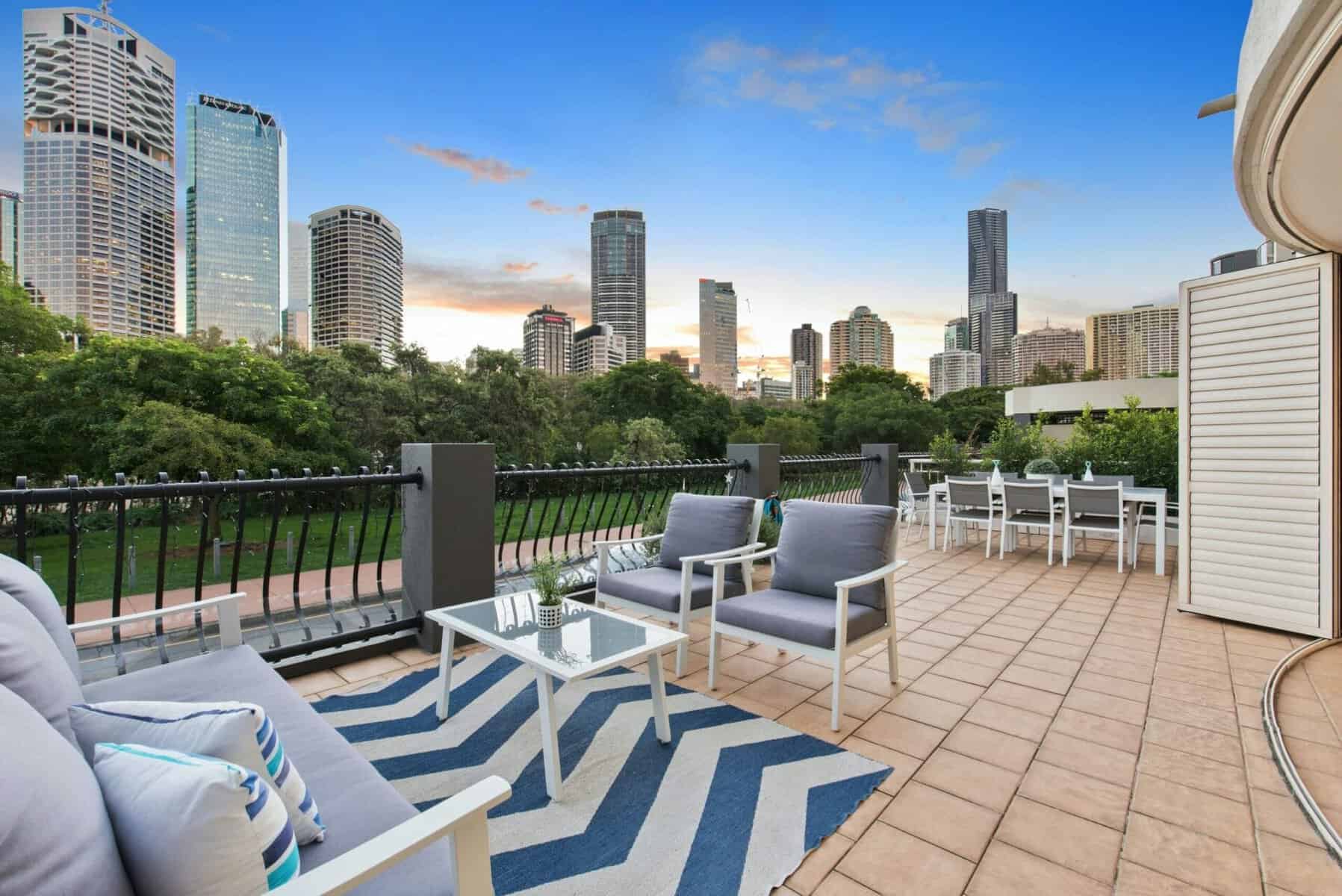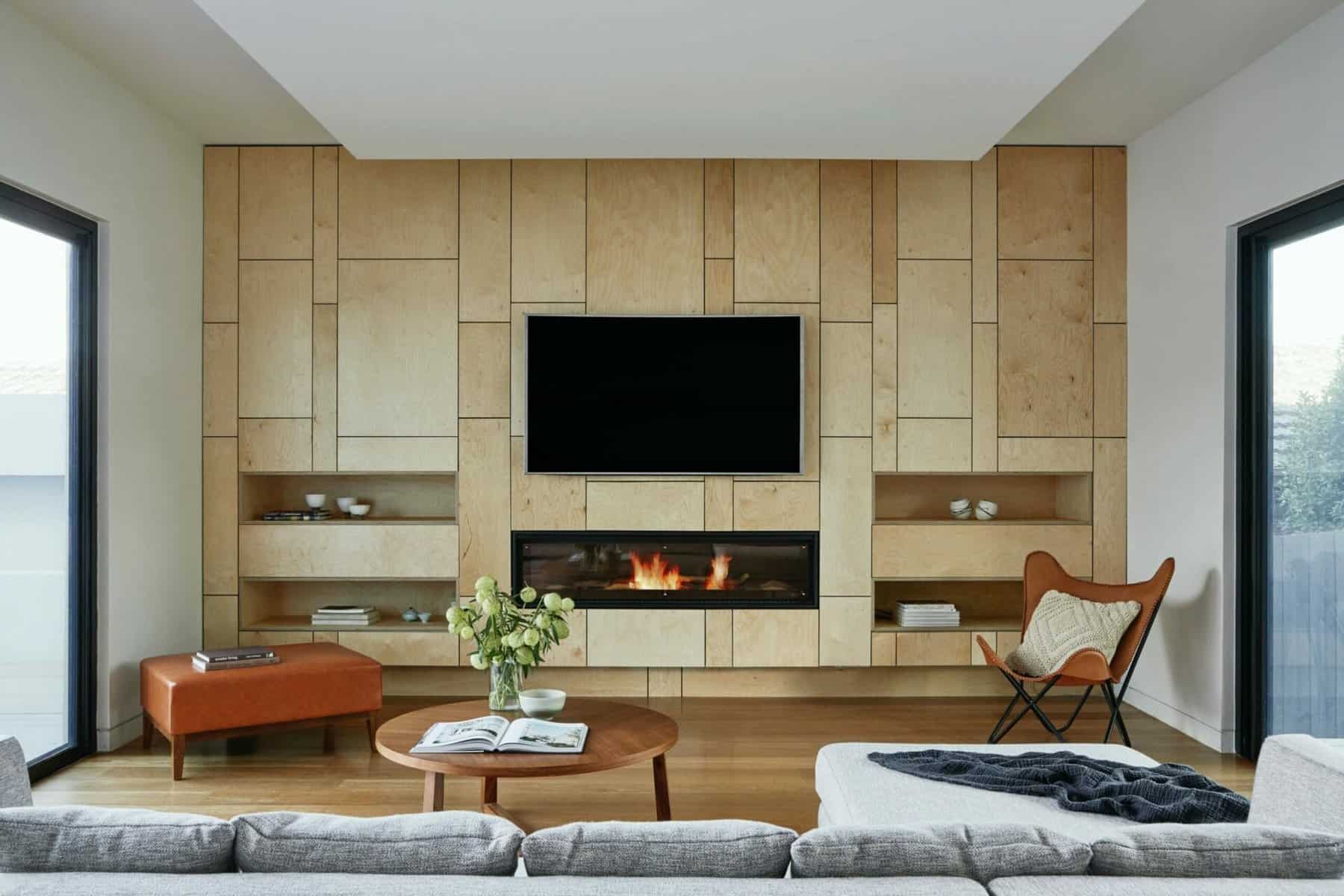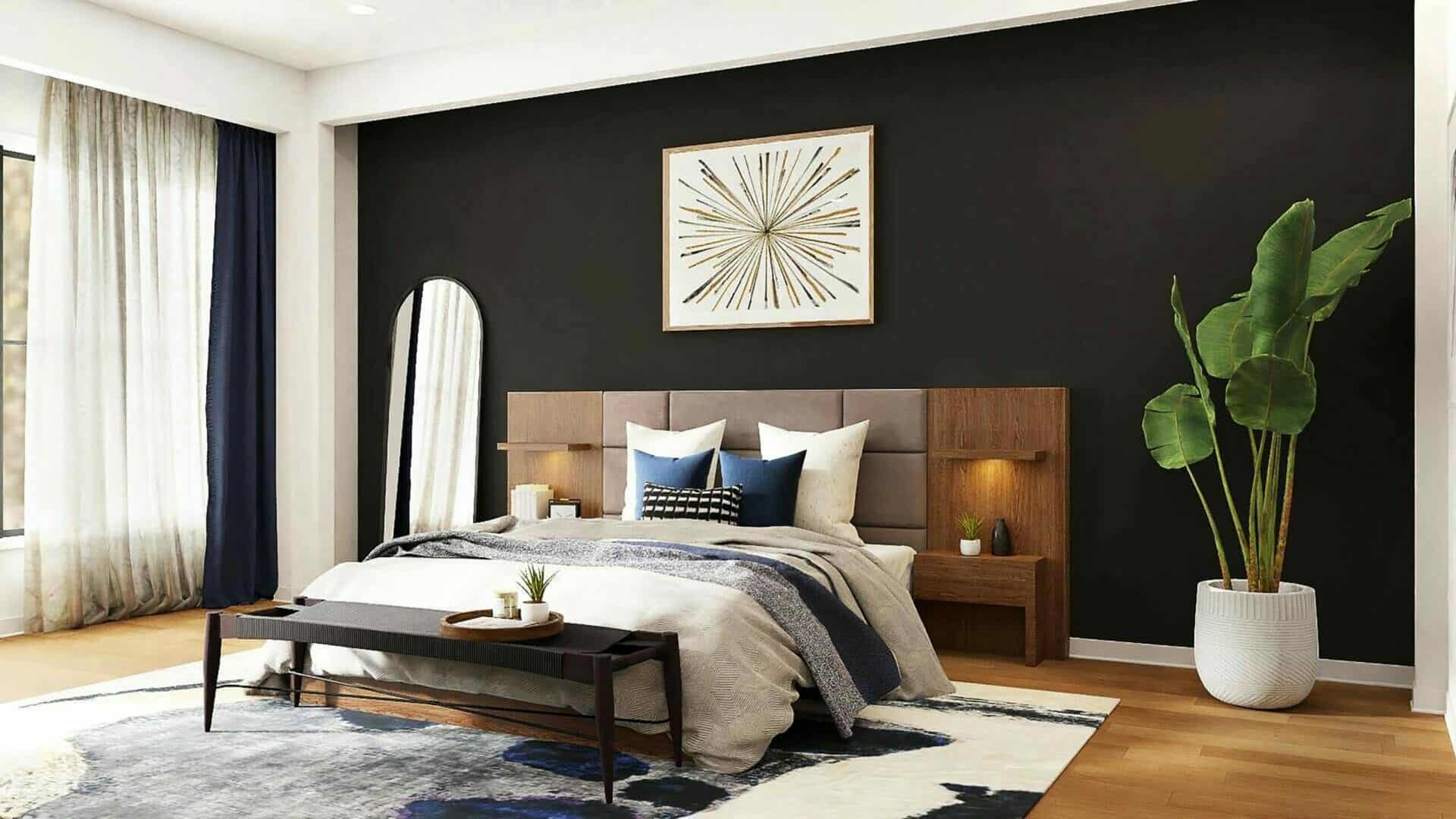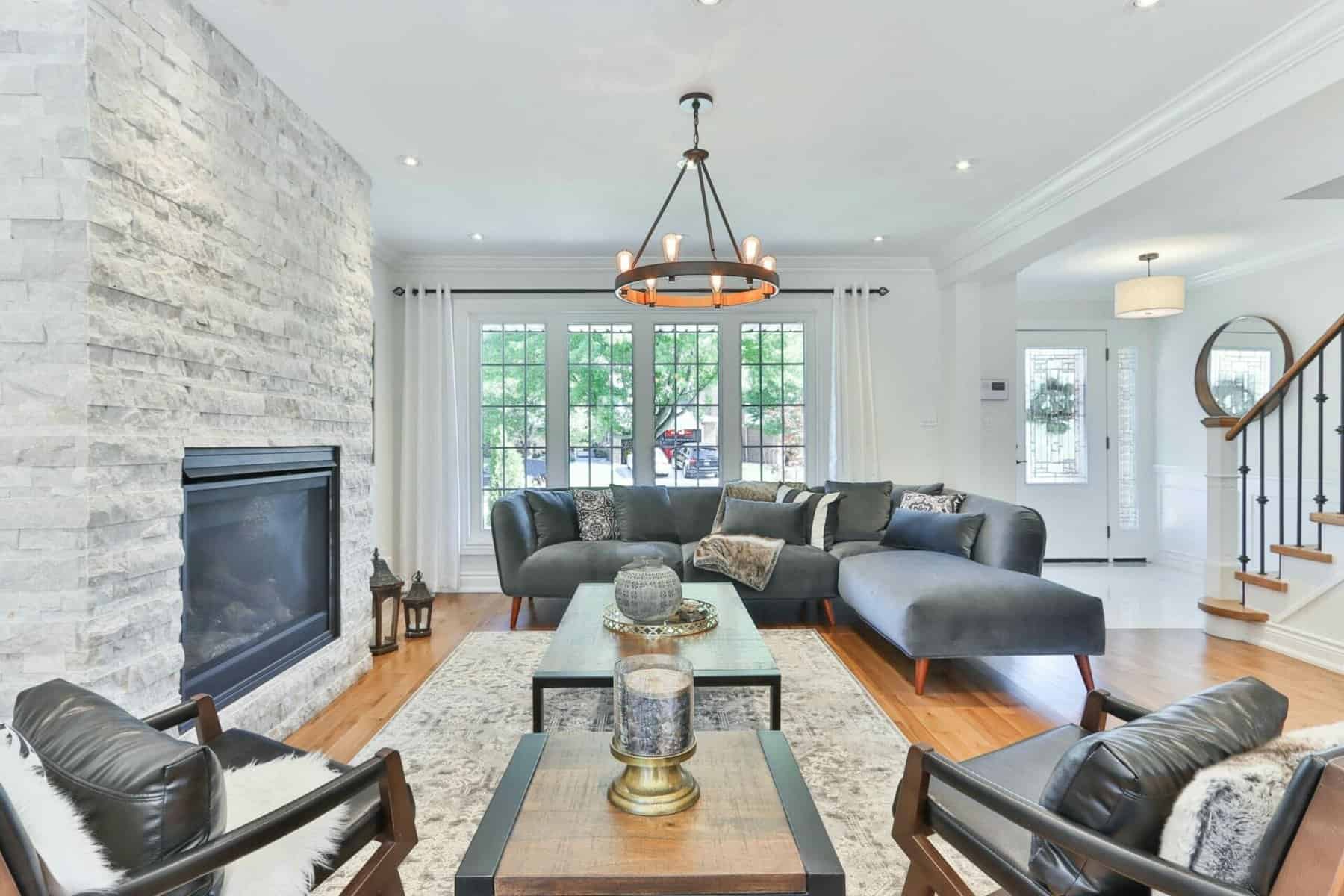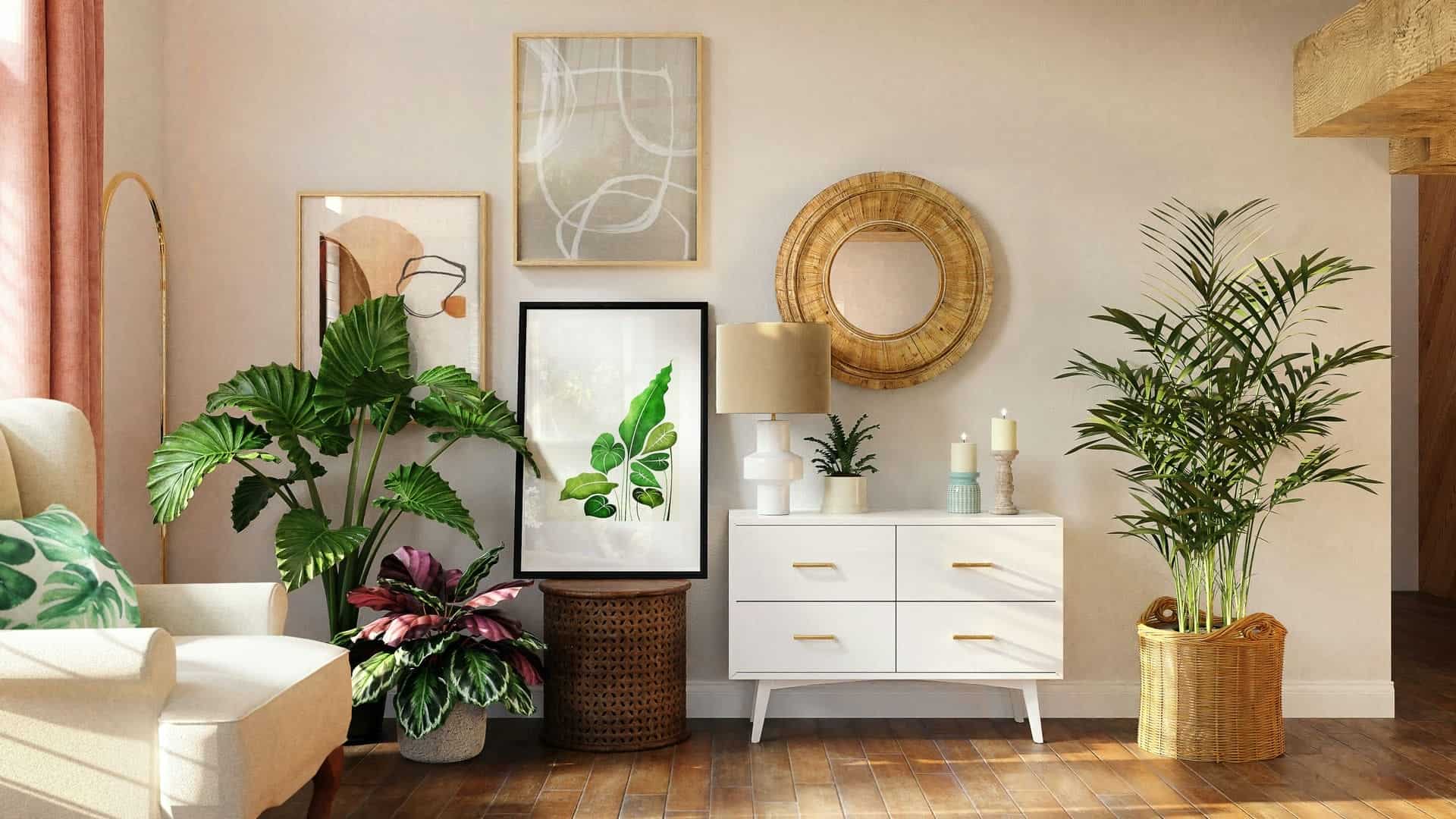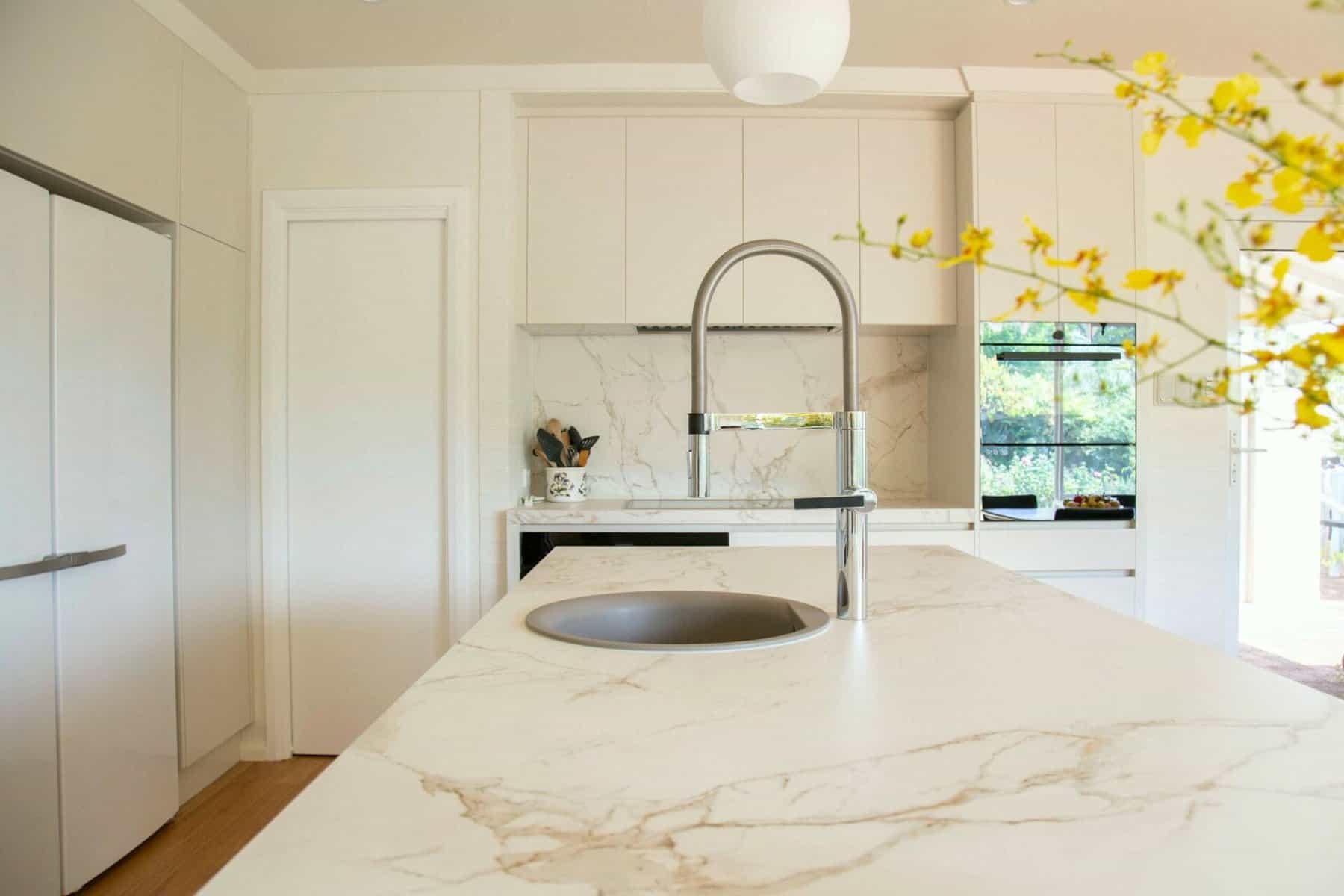
Blog
10 Popular Questions About IBS House Construction in Malaysia
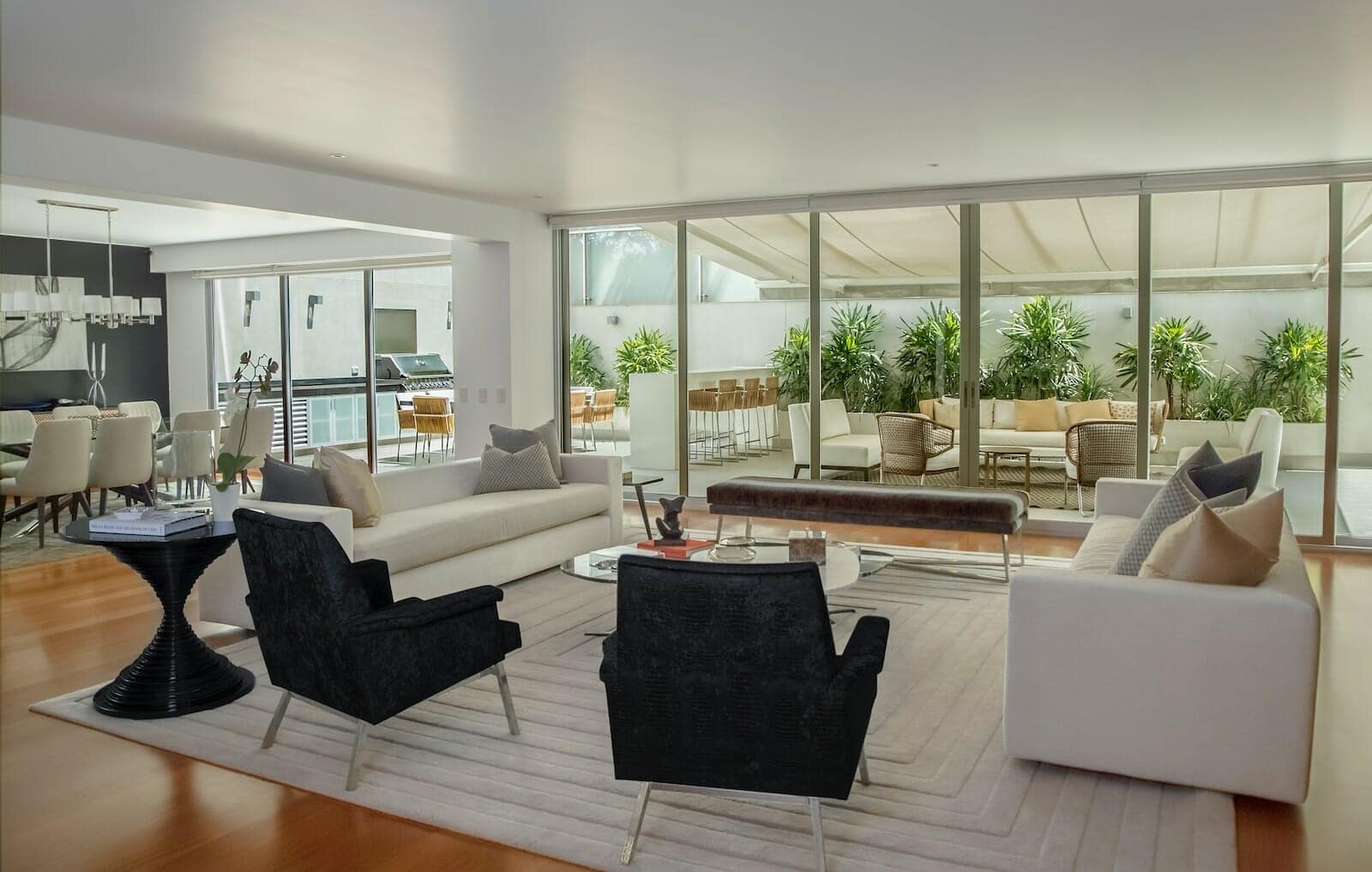
10 Popular Questions About IBS House Construction in Malaysia
- What are the pros and cons of IBS construction for houses in Malaysia?
- How much does it cost to build an IBS house in Malaysia compared to conventional construction?
- What are the common IBS systems used for house construction in Malaysia?
- What is the process for getting approval to build an IBS house in Malaysia?
- How long does it take to construct an IBS house in Malaysia compared to conventional methods?
- What are the main differences when it comes to design and layout of an IBS versus conventional house?
- Are IBS houses in Malaysia more environmentally friendly compared to conventional houses?
- How easy or difficult is it to get financing for an IBS house in Malaysia?
- What are the maintenance requirements for an IBS house compared to a conventional house?
- What are the top things to look for when selecting an IBS builder for a house in Malaysia?
What are the pros and cons of IBS construction for houses in Malaysia?
Industrialized Building System (IBS) construction has become increasingly popular for house building in Malaysia over the past decade. IBS utilizes prefabricated components manufactured in a controlled factory setting, which offers a number of pros and cons compared to conventional construction methods.
Pros of IBS Construction
Some of the key benefits of IBS construction for houses include:
- Faster construction – IBS components are prefabricated offsite concurrently with site preparation, enabling faster completion. Total construction time can be reduced by 20-50% compared to conventional building.
- Lower labor requirements – As parts are pre-assembled in a factory, less workers are needed on site. Dependency on foreign labor is also reduced.
- Enhanced quality – Precise machine manufacturing in a controlled environment leads to more standardized building components with less defects and wastage.
- Cleaner and safer – With prefab components, assembly on site is faster and simpler with less health hazards from dust, noise and pollution.
- Cost efficiency – IBS can achieve savings of 5-10% in overall construction costs compared to conventional methods.
- Sustainability – Prefab components promote construction waste reduction, energy efficiency, and green building materials.
Cons of IBS Construction
Despite its advantages, IBS also comes with some drawbacks:
- Higher initial investment – IBS requires investment into machinery, molds and training for offsite prefabrication. This leads to higher upfront costs.
- Lack of flexibility – Design modifications onsite are restricted once prefab components are manufactured. Changes need to be finalized earlier in design stage.
- Proprietary systems – IBS contractors often use patented building systems, making it hard to change contractors mid-project without compatibility issues.
- Transportation logistics – Delivery of large prefab components from factory to site can add to transport costs if location is distant.
- Skills training – IBS requires contractors to retrain workforce in specialization of utilizing prefab systems and integration of onsite assembly.
In summary, IBS construction enables faster, more consistent and environmentally friendly house building, but involves tradeoffs like higher initial investment and less flexibility. Overall, IBS has demonstrated great potential for addressing housing shortage in Malaysia and improving productivity, quality and sustainability of the construction industry.
How much does it cost to build an IBS house in Malaysia compared to conventional construction?
The cost of building a house in Malaysia using Industrialized Building Systems (IBS) compared to conventional construction methods is influenced by several factors. However, on average, an IBS house will cost 5-15% more upfront. Here is a more detailed overview of the IBS house cost differences in Malaysia.
Land acquisition costs
Land cost is identical for an IBS or conventional build. Location, size and title will determine overall land acquisition cost. As a benchmark, land for a simple terraced house in a suburb of Kuala Lumpur may range from RM150,000 to RM300,000.
Compliance and approval costs
IBS and conventional homes have similar compliance costs including architectural drawings, engineer assessments, submissions for building plan approvals and technical reviews. These may amount to around RM15,000 to RM25,000.
Raw construction costs
This is where the main cost difference lies. Raw construction costs for a modest 1,000 sqft IBS terrace home would typically be RM170,000 to RM220,000. The same conventional brick and mortar house would cost RM140,000 to RM180,000 for raw construction.
Key contributors to higher IBS construction costs:
- Prefab component moulds and factory setup
- Specialized IBS building systems
- Transport of prefab parts to site
However, as technology improves and economies of scale kick in, the raw construction cost difference is narrowing.
Interior fit-out
Interior fitments like flooring, wardrobes, kitchen cabinets, bathroom fixtures and optional extras are similar between IBS and conventional homes, coming in around RM70,000 to RM150,000 depending on specifications.
Professional and authority fees
Professional consultancy fees for architects, engineers, quantity surveyors and project managers are comparable for IBS and conventional homes, costing RM20,000 to RM35,000. The same goes for authority fees to secure approvals and services, utilities connection and occupancy certification (CCC) totalling RM5,000 to RM10,000.
Total cost summary
In total, a modest 1,000 sqft IBS terrace house in a Kuala Lumpur suburb would likely cost RM430,000 to RM540,000 all inclusive.
The equivalent conventional brick and mortar build would be RM380,000 to RM490,000.
So the IBS home comes in 5-15% higher in overall cost. However, construction is faster so owners can move in sooner. Cost savings also arise in the long run due to lower maintenance needs.
What are the common IBS systems used for house construction in Malaysia?
Various proprietary Industrialized Building Systems (IBS) have been developed and utilized for house construction projects across Malaysia. Here are some of the most common prefabricated IBS options:
Precast Concrete Framing
This involves precast reinforced concrete columns, beams, floor slabs and walls being manufactured offsite and then assembled on site into a structural frame. Steel bars are cast into the concrete for strength. Lightweight precast concrete wall panels as thin as 50mm can be integrated as partition and external walls.
Some leading providers of precast concrete solutions for Malaysian houses include Gamuda, Besraya, IBS Precast and CIDB Precast.
Light Steel Framing (LSF)
LSF utilizes prefabricated galvanized steel frames made of cold formed steel sections for the structural skeleton. These are lighter than concrete and allow for larger spans. The frames can rapidly be joined together on site using steel brackets and bolts.
Prefabricated wall panels, floors and roof trusses are then integrated to complete the shell. These can have insultation and services pre-installed.
LSF providers in Malaysia include Weaver, Framecad and IBS Builder.
Structural Insulated Panels (SIPs)
These consist of an insulating foam or solid wood core sandwiched between two structural facings, usually oriented strand board (OSB). The result is a lightweight rigid building panel that provides insulation, racking strength and shear resistance.
SIPs can be used for walls, floors and roofs. Panels are cut using CNC machines and rapidly erected on site like an oversized jigsaw puzzle using splines and adhesive.
Leading SIP brands in Malaysia are IBS Wall System and LS Mtron.
Modular Box Systems
This involves completely finished modular units being manufactured offsite in a factory, including internal fit-out, electrics, plumbing, fixtures, finishes and sometimes furniture too. Units are transported to site and stacked or joined together into a house structure.
Modular houses can be 50% faster to assemble onsite and allow for flexible expansion or relocation. Main providers in Malaysia are IBMSYSTEMS and Kris Modular.
Mat/Panel Systems
These systems utilize interlocking, permanent polymer formwork mats or boards that are assembled on site and filled with in-situ reinforced concrete to form the walls. Components include wall mats, slabs, beams, columns and staircase elements.
Popular mat/panel brands used include Pumpcrete (by Bina Puri), i-Form (by IBS Alpha Concrete), MTech (by WCT) and IBS Wall Systems.
In summary, these are among the most established and proven IBS technologies used for constructing cost-effective, sustainable and good quality homes across Malaysia. The right system can be selected to suit the architectural design, budget and location.
What is the process for getting approval to build an IBS house in Malaysia?
The approval process for building a house in Malaysia using Industrialized Building Systems (IBS) follows similar stages and procedures as conventional construction. Here are the key steps involved:
Appoint Professional Consultants
Engage qualified architects, engineers and other specialists like quantity surveyors early on. They will help with design, compliance, submissions, certificates, etc. This may cost 1-2% of total construction value.
Site Evaluation
Conduct soil tests, contour surveys and site assessments to determine design parameters and foundations needed.
Architectural and Engineering Design
Work with consultants to complete IBS architectural plans, structural engineering drawings, M&E schematics, etc.
Town Planning Approval
Submit drawings to local council or city hall to get planning permission. This confirms zoning and plot ratios are met. Approval timeline is 30-60 days.
Technical Agency Approval
Various technical departments need to review and approve aspects like civil & structural engineering, fire safety, power supply, sewerage, telecommunications, etc.
Developer Approval
For properties within a housing estate, approval from the developer is also required to ensure conformity with estate layout and design guidelines.
Building Plan Approval
The detailed architectural drawings need to be submitted to Department of Standards Malaysia (STANDARDS) for approval. This takes 45-60 days.
IBS Manufacturer Approval
Proprietary IBS systems require approval from the IBS manufacturer that their products meet Standards compliance for usage safety.
Pre-Construction Compliance
Documents needed at this stage: earthworks or building permit, contractor’s all risk insurance, performance bond, letter of award to builder.
Commence IBS Construction
Once all approvals and compliance are obtained, construction can commence. Authorities will conduct progress inspections until completion.
Completion and Compliance
Secure a Certificate of Completion and Compliance (CCC) upon finishing the house to legally occupy it. Water and power meters can then be installed.
In summary, IBS homes in Malaysia need to follow a rigorous design compliance and approval track similar to conventional projects before qualified contractors can begin quality, safe construction with oversight by authorities.
How long does it take to construct an IBS house in Malaysia compared to conventional methods?
Construction of a house using Industrialized Building Systems (IBS) is generally 20% to 50% faster compared to using conventional methods in Malaysia. Here is a more detailed look at the construction durations:
IBS House Construction Timeline
For a modest sized 2-storey terraced IBS house of around 1,500 sqft built using precast concrete frames, wall panels and slab systems, a typical timeline would be:
- Onsite foundation works – 3 to 4 weeks
- Prefab component manufacturing – 4 to 8 weeks concurrently
- Delivery of components to site – 1 week
- Erection of building structure – 2 to 4 weeks
- Enclosure of building (windows, walls, roofing) – 1 to 2 weeks
- Internal M&E works – 6 to 8 weeks
- Internal fit out and finishes – 6 to 8 weeks
Total construction timeframe: 4.5 to 6 months
Conventional House Construction Timeline
For the equivalent conventional house built using in-situ reinforced concrete, brickwalls and timber roofing, the typical timeline is:
- Prepare foundation – 2 to 3 weeks
- Cast groundbeam and first floor – 4 to 6 weeks
- Brickwall construction – 8 to 12 weeks
- Timber roof trusses – 2 to 3 weeks
- Roofing – 1 to 2 weeks
- M&E works – 6 to 8 weeks
- Internal finishing – 6 to 8 weeks
Total construction timeframe: 6 to 9 months
Key Time Savings with IBS
Industrialized Building Systems allow for accelerated construction due to:
- Concurrency – components prefabbed offsite while site prepared
- Just-in-time delivery – no material inventory needed on site
- Rapid assembly of lego-like parts
- Less dependency on labor skills and weather conditions
Overall, IBS enables total construction time savings of 20% to 50% compared to conventional building. Homeowners can move in much faster.
For high-rise projects, overall completion time savings of 30% to 40% have been demonstrated using IBS techniques compared to conventional construction.
What are the main differences when it comes to design and layout of an IBS versus conventional house?
Constructing a house using Industrialized Building Systems (IBS) versus conventional methods does impose some differences in how the architectural design is approached and how layouts are configured. Here are some of the key aspects that designers need to consider:
Dimensional Coordination
IBS utilizes standardized prefab components like columns, beams, slabs, walls and trusses. These are manufactured based on optimized dimensions and sizes. Design dimensions need to match these standardized prefab elements.
Conventional methods are more flexible – bricks, mortar, timber and other materials can be cut, joined and configured in any size on site during construction.
Grid Modularity
For ease of assembly, IBS structures work well on a modular grid. Horizontal dimensions and layouts like column centers, room sizes, door placements may need to follow a set grid module, say 1.2m or 1.5m increments.
Conventional construction does not impose such restrictions on horizontal dimensions. Layouts can be customized.
Vertical Dimensions
Due to standardized slab and beam prefab heights, floor-to-floor heights for IBS structures need to be carefully designed, say at 3.2m increments. This impacts overall building height.
Conventional methods allow more flexibility in vertical dimensions like floor-to-floor distances.
Wall Placements
IBS wall panels are prefab and thus need to be precisely positioned. This restricts longer wall lengths and some openings. Conventional brickwalls can be positioned and sized anywhere.
Openings and Cantilevers
Large openings like combined kitchen and living layouts need workarounds like using IBS columns and beams to frame the openings. Cantilevers also need to be pre-designed.
For conventional methods, large openings and cantilevers are readily achievable on site by adjusting brickwork and supports.
Finishes and Fixtures
Finishes like tiling and paintwork may need adjustments at interfacing areas between prefab components. Fixtures need to be pre-determined to cater for panel openings and embedment.
Conventional construction allows flexibility in applying finishes and installing fixtures on site.
In summary, IBS introduces some restrictions but also possibilities when it comes to home design. Close collaboration is key between architects, engineers and IBS manufacturers.
Are IBS houses in Malaysia more environmentally friendly compared to conventional houses?
Industrialized Building System (IBS) houses are typically more environmentally friendly compared to conventionally built homes in Malaysia due to the following aspects:
1. Less Construction Waste
Prefabricated components like columns, beams, walls and slabs are precut and sized precisely using computer-controlled machines in factory conditions. This results in up to 90% less waste during the manufacturing process compared to cutting and shaping materials onsite.
Waste disposal is better managed in a factory setting as well. Overall construction waste generation is reduced by 50% to 80% with IBS.
2. Energy Efficient Materials
Materials like light steel framing and light-weight wall panels used in IBS housing have higher strength-to-weight ratios. This allows for lighter and slimmer building envelope designs that require less embodied energy to produce, transport and assemble.
3. Enhanced Thermal Performance
The prefabrication approach allows insulation materials like polystyrene foam to be incorporated into wall and roof panels to achieve higher thermal performance and energy efficiency. Tests show IBS walls have U-values 15% to 30% lower than conventional brick walls.
4. Improved Air-tightness
IBS panel-based envelopes achieve higher precision and enhanced air-tightness. Effective sealing strips, gaskets and connections further minimize air leakage. This enhances indoor comfort and reduces energy consumption.
5. Smart Building Integration
It is easier to integrate building technology systems like solar panels, rainwater harvesting, greywater recycling and smart automation in a prefabricated house compared to retrofitting a conventional house.
6. Recycled Materials
Some IBS systems utilize recycled materials like fly ash in concrete and incorporate recycled plastic, wood and steel content within prefab components. This reduces the carbon footprint.
7. Less Site Disturbance
With faster construction using prefab, less time is needed on site. This leads to reduced site run-off, soil erosion and disturbance to surrounding flora or fauna especially when building near forestedareas.
8. Adaptable and Relocatable
IBS buildings are more adaptable to renovations or expansions compared to conventional structures. Some IBS systems allow the house to be dismantled and relocated with minimal wastage.
9. LEED Compatible
Many IBS products and systems are compatible with LEED (Leadership in Energy and Environmental Design) requirements for green building certification.
In summary, IBS construction enables more sustainable housing in Malaysia compared to conventional building methods – from manufacturing of components to onsite assembly and lifecycle usage of the home. With greater adoption, the environmental benefits can be further enhanced through continuous R&D.
How easy or difficult is it to get financing for an IBS house in Malaysia?
Obtaining financing to build or purchase a house in Malaysia using Industrialized Building Systems (IBS) is relatively straightforward and faces few major obstacles or limitations compared to financing a conventional house.
Home Loans
All major banks in Malaysia like Maybank, CIMB, RHB, Public Bank and Affin Bank offer housing loans suitable for buying IBS properties or construction financing. Most developers also provide arrangements with banks for purchasers.
The key eligibility criteria are:
- Income level
- Credit history
- Tenure – maximum 45 years or until age 70
- Interest rates – from 3% per annum
- Downpayment – typically 10%
These criteria apply equally to conventional and IBS houses. IBS loans may have slightly higher valuations and loan amounts approved due to faster construction.
Construction Financing
Developers planning an IBS housing project can get approval for bridging or construction loans from banks to finance the construction costs. This can include the set-up of IBS prefabrication facilities.
Banks may reduce margins and rates for IBS developers as the faster construction timeline means shorter financing duration before commencement of sales.
Government Schemes
Those applying to own IBS homes may be eligible for schemes like the HOPE Program from PR1MA Malaysia, Skim Rumah Pertamaku or Program Perumahan Penjawat Awam 1Malaysia from the Prime Minister’s Department.
Challenges and Limitations
The main challenges faced in obtaining financing for IBS homes include:
- Higher initial construction costs – may require larger loans
- Strata-titled properties not preferred by banks over landed properties
- First time home buyers may lack minimum downpayment
- Not all banks fully understand IBS materials and features
Overall, securing home loans or construction financing for IBS housing is quite accessible in Malaysia. With better awareness among banks on IBS advantages, financing can be further enhanced for wider adoption.
What are the maintenance requirements for an IBS house compared to a conventional house?
Houses built using Industrialized Building Systems (IBS) typically require lower maintenance compared to conventional homes in Malaysia. This is due to the design, materials and construction methods involved.
Structural Maintenance
IBS utilizes high performance materials like steel frames, precast concrete and lightweight polymer composites for walls, beams and slabs. These are stronger and more durable compared to traditional brick, timber and plaster.
IBS structural elements are factory engineered to precise standards using moulds. There is minimal deterioration over time so major repairs are rarely required. Lifespan can exceed 50 years.
Conventional structures experience natural weathering effects, development of minor cracks and shifts. Periodic inspections and repairs may be needed over decades to reinforce brickwalls, foundations and timber roof trusses.
Facade Maintenance
IBS wall panels, windows and cladding come pre-installed in airtight, seamless arrangements. Conventional brickwork and plaster requires periodic inspections to seal cracks, replace worn out surfaces and repaint facade.
Roofing Maintenance
Metal roofing sheets used in lightweight IBS roofs are durable and resilient. Conventional tiled or shingle roofs are exposed to weathering and may need repairs over time.
Interiors Maintenance
IBS systems utilize seamless interface solutions between prefab components. This prevents costly surface repairs needed in conventional construction from cracking at wall-floor joints or ceiling-wall interfaces.
Waterproofing Maintenance
Superior waterproof membranes and joint sealing methods used in IBS construction prevent leaks. Conventional flat roofs and wet areas are more prone to water seepage over time requiring rectification.
Pest Treatment
Minimal exposed timber, concealed gaps and panelized construction in IBS homes deter termites and vermin intrusion. More extensive treatment is required over the years in conventional brick and timber houses.
In summary, the intrinsic design, advanced materials and quality prefabrication of IBS systems lead to significantly lower maintenance requirements compared to conventional houses in Malaysia.
What are the top things to look for when selecting an IBS builder for a house in Malaysia?
Choosing a competent and reliable Industrialized Building System (IBS) contractor is key to successfully constructing a quality IBS house in Malaysia. Here are the top criteria homeowners should evaluate:
Proven IBS track record
Look for contractors experienced in IBS projects similar to yours – in scale, location, design. New builders lacking specialized expertise should be avoided. Check successfully completed past projects and credible customer reviews.
IBS Certification
Ensure the contractor has ISO IBS certification and licensed to use major IBS technologies like from SIRIM. This validates capabilities to correctly assemble prefab components on site.
Robust IBS supply chain
The contractor should have established relationships with certified IBS manufacturers and suppliers for timely delivery of components that fully meet design specifications. This ensures construction goes smoothly.
Licensed personnel
Experienced in-house engineers, architects, foremen and tradesmen qualified in structural construction and M&E services for IBS projects should be available to ensure compliant, high quality installation.
Financial stability
Look for contractors with solid financial track records and healthy orderbooks. This reduces risks of incomplete work if the builder winds up halfway through construction of your home.
Quality and safety
The contractor should be accredited with ISO certifications on quality management, environmental responsibility and workplace safety management. Safety is paramount for onsite IBS projects.
Bonding and insurance
Ensure contractor provides workmanship warranty, performance bonds, broad form insurance and defect liability coverage as needed for your IBS house project. This protects against poor work and mishaps.
Selecting an established IBS builder with proven expertise and credentials lowers risks and provides greater assurance your dream home will be delivered on time, within budget and without any major quality or safety issues.
Key Takeaways
- IBS construction for houses is 20-50% faster compared to conventional methods due to prefabrication, standardization and onsite assembly.
- IBS houses cost 5-15% more upfront mainly due to higher raw construction costs. But lifecycle costs are lower.
- Precast concrete frames, light steel frames and prefab wall panels are popular IBS technologies used.
- Getting approvals for IBS homes follows similar stages as conventional houses before certified construction can begin.
- IBS introduces some restrictions but also possibilities when it comes to architectural design and layouts.
- IBS homes are more sustainable – from material usage to thermal efficiency and overall carbon footprint.
- Financing options are widely available for buyers and developers of IBS homes.
- Maintenance requirements are lower for IBS houses owing to durability of materials.
- When selecting IBS contractors, strong track record, certifications and supply chain are key.
Conclusion
In conclusion:
- IBS construction offers faster, better quality and more sustainable houses but initial costs are higher.
- With a robust design approach combining architectural creativity and engineering practicality, the full benefits of IBS can be obtained.
- Close collaboration between homeowners, architects, engineers and IBS specialists is crucial starting from conceptual stages.
- The streamlined approval process, financing options and long-term savings demonstrate that IBS is a viable technology for addressing housing needs in Malaysia.
kontraktor rumah
bina rumah
pinjaman lppsa
pengeluaran kwsp
spesifikasi rumah
pelan rumah
rekabentuk rumah
bina rumah atas tanah sendiri
kontraktor rumah selangor
